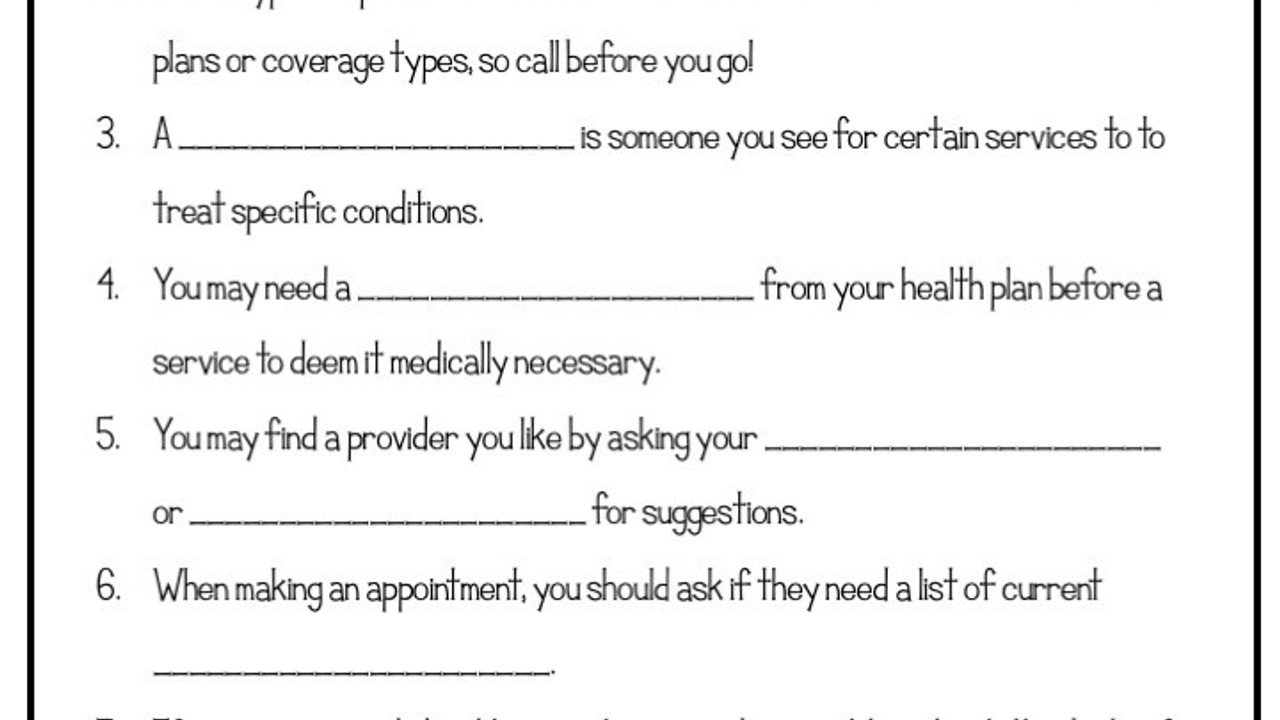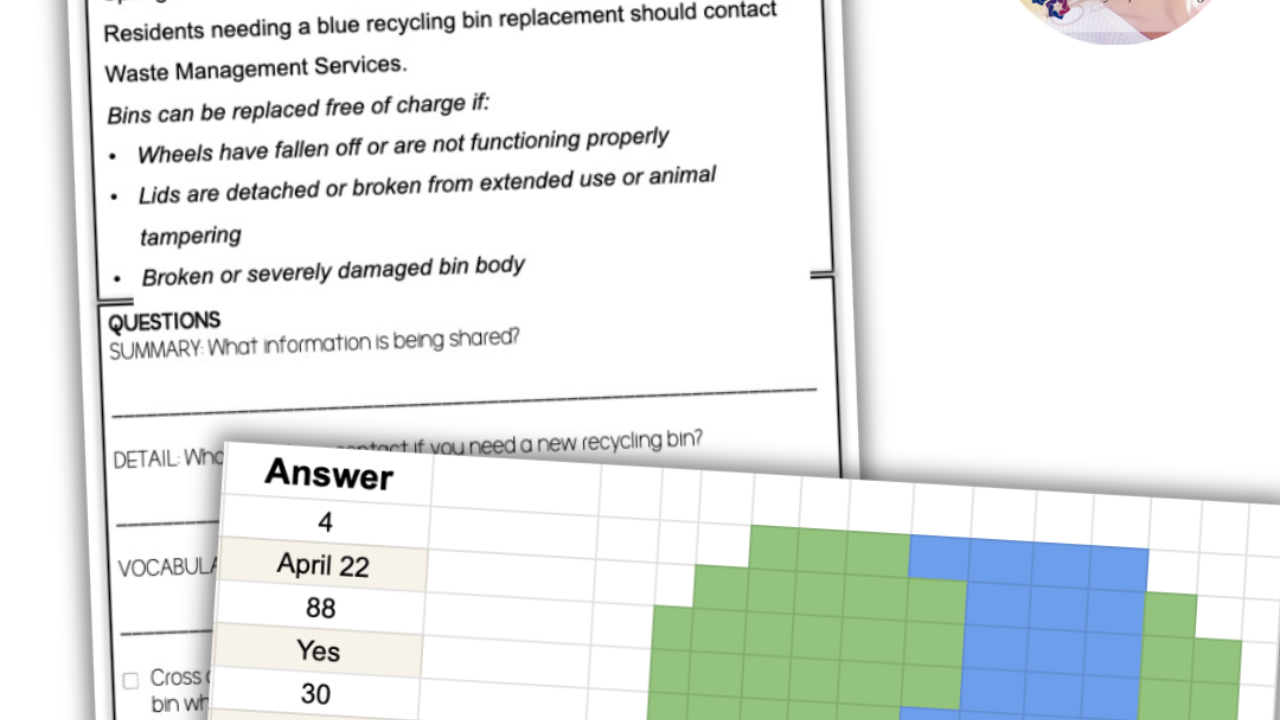How to Teach Insurance
Nov 14, 2020
Our next topic in the Consumer Math Blog Series is about how to teach Insurance. Read more about why and how you can teach Insurance using my Insurance Lesson Unit (click here to get your copy).
Purpose of Teaching about Insurance
Insurance is a very ‘adult’ thing and can be such an abstract concept for students. Starting to introduce them into the basics of insurance and what types are required will lay the groundwork for them to build up from later in life.
Learn about your students Consumer Math habits with this FREE resource!
Key-Must-Teach Concepts
Basic vocabulary terms- These terms can be tricky, confusing, and unless you have consistently used insurance can seem like a foreign language. Nailing down those few basic terms, as found on the Parts worksheet, can be really helpful for setting up students for insurance success for the long term.
Agree that this is hard!- Acknowledge the fact that this is a hard concept. Letting students know that this can be difficult to make sense of and learn is totally okay, you want to be real with them.
Insurance Lesson Unit
Lesson Objective
Define insurance, list three types of insurance, and one pro and one con.
Lesson Unit Break Down
Day 1- Introduce the concept on this day. This is the time to share the fun brain teaser, show students how this topic interrelates to the other concepts they are learning using the visual flow chart, and then it’s time to dive in. Check out the reading passage suggestion (below) and then continue on with the writing prompts and T/F questions to end the day.
Day 2- It’s time to get to business on this day. Day 2 is full of notes and is likely one of the most important days of this lesson unit as key vocabulary will be introduced and explained. The Notes and Parts worksheet lay that foundation and can be best supported with your own evidence of insurance.
Day 3- This day is dedicated to an Insurance Scavenger hunt. Break the class into small groups or partners and give each of them a scavenger hunt sheet and a computer. They will work though the healthcare.gov PDF document to answer questions about insurance, specifically related to health care.
If you have time, this might be a great opportunity to share the Further Practice Idea (found below).
Day 4- Use the task cards as a whole class review and read my suggested method below. After the review, continue to the assessment, the functional math review and end with the word search.
*As I’ve mentioned before- You can use the word search for the concept you just taught OR will be teaching. You can use the word search from the lesson you want to teach next as a way to introduce new/upcoming terms!
Insurance Lesson Unit
Reading Passage Option
The Reading Passage details the basic idea of what insurance is. Let’s use this idea and think of a way to show it visually. Turn the reading passage sheet over and encourage students to draw out what insurance is. Then, go around and have students explain their drawing to the group (or to just you, whichever). Not only will this re-iterate the idea of insurance as students will likely re-read the passage a few times, but it also taps into another part of the brain and helps to create a deeper understanding!
Listen and Learn
A Listen & Learn is a short, 5 sentence PowerPoint/Google presentation that introduces the topic using visuals and audio. Ideal for non-readers! Read about what they are and how they might be right for your classroom here.
Task Card Idea
Use a projector to do a whole class review with the task cards. Blow each task card up so that it consumes the project screen and cover the answers. Give students a few seconds to read and answer the question without the answers (assuming everyone is given the answer key with just blank lines) and then reveal the answer options for a few more seconds and let students decide on an answer. Since this is a tougher lesson, review the question and answer right then and there. Drive home the right answer now to not let any students be confused before the assessment!
Insurance Lesson Unit
Further Practice Idea
Since car insurance is required for all car owners, then let’s run with this idea. If possible, try to contact a local insurance agent that offers car insurance or, ideally, their adjustor. Feel free to use your own. The goal is to get some paperwork to show students about how insurance was able to cover the costs of an accident (without any deaths or major injuries, of course). While the adjustor may not be able to give you the exact paperwork, for HIPAA reasons, they would likely be able to give you estimates or potentially an example of their coverage to show what you would pay in repairs and what they would pay in repairs. This, hopefully, will drive home the reason it’s worth it to pay for insurance!
Or watch this video:
Ultimate Goal of this Lesson Unit
Ultimately, students need to know what insurance they are required to have (by law) and a few basic vocabulary terms, ideally premium, co-pay, coverage, and deductible. As the student starts to experience life more and begins to deal with insurance more personally, their understanding will deepen and the core vocabulary will have a more applicable meaning.
















